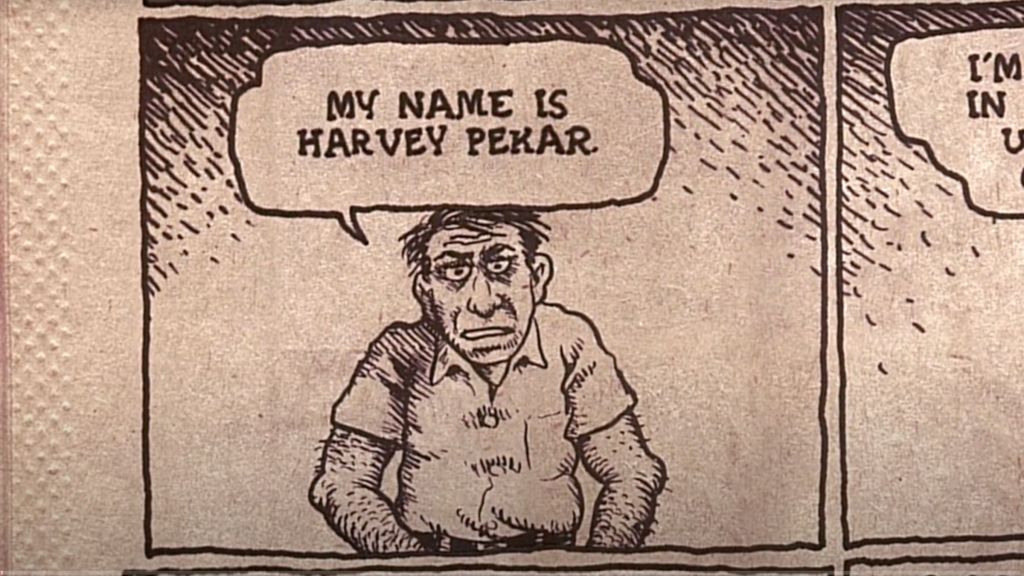
Ever since Tom Holland swung into the Marvel Cinematic Universe as Spider-Man, the earlier actors turned web-slingers have mostly been left in the rearview mirror. Yes, both Tobey Maguire and Andrew Garfield got their well-earned applause in Spider-Man: No Way Home, but to be fair, nostalgia can only carry so much weight. It’s hard to imagine many folks rushing back to rewatch the previous films about the masked vigilante in red and blue tights; this is especially true for The Amazing Spider-Man 2, Marc Webb’s cluttered 2014 sequel that struggled to stick the landing. The film tries to juggle Max Dillon’s (Jamie Foxx) electric villainy as Electro and Harry Osborn’s (Dane DeHaan) brooding Goblin mutation, but beyond the tragic fall of Gwen Stacy (Emma Stone), it’s mostly a forgettable blur. So, it’d be understandable to forget that the film also featured another Marvel villain: Paul Giamatti playing Russian mobster-turned-human-battering-ram, The Rhino, who joins Harry’s band of villains after donning an electromechanical suit.
That said, the thick-accented superfiend is not the only comic book character Giamatti has played, to date. In fact, over a decade before he went on a rampage as The Rhino, Paul Giamatti had already played the protagonist in a mixed-media adaptation of underground comic writer Harvey Pekar’s works.
American Splendor Tells the Tale of an Everyman Hero

The movie American Splendor (2003) adapts Pekar’s comics of the same (which were released between 1976 and 2008), as well as the graphic novel Our Cancer Year, which he co-wrote with his wife, Joyce Brabner. The film is a genre-defying gem that brings the life and mind of Harvey Pekar to the screen with a rare mix of grit, wit, and heart. Co-directed by Shari Springer Berman and Robert Pulcini, the film is equal parts biopic, documentary, and living comic book, melding live-action, animation, and interviews in a way that mirrors the fractured, unfiltered storytelling style of Pekar himself.
The story begins with young Pekar refusing to dress up as a superhero to go trick or treating. Years later, he is a divorced and disillusioned file clerk at a VA hospital in Cleveland. The film oscillates between animated portions, comic panels that frame Giamatti, and shots of the real Pekar. We watch Giamatti as he gets inspired to write his own comic after hearing about the success of Robert Crumb, someone with whom he had connected over comics and jazz years before. This leads to the creation of the American Splendor comics, which become critical successes but somehow don’t bring him enough financial freedom to quit his job as a file clerk. But the comic does lead him to Brabner (played by both a bespectacled Hope Davis and the real Joyce Brabner), a kindred spirit, whom he ends up marrying after just one dinner date.
What makes American Splendor so compelling is its refusal to glamorize its subject. Harvey Pekar isn’t a tortured genius or a charming antihero. He’s a grumpy, neurotic everyman with a raspy voice and a bone-deep cynicism about the world. And it’s precisely this unpolished authenticity that becomes the film’s greatest strength.
At the center of it all is Paul Giamatti, in one of the finest performances of his career. Giamatti doesn’t just imitate Pekar, he becomes him. Every slump of the shoulders, every muttered complaint, and every socially awkward little expression is delivered with nuance. His portrayal taps into something raw and deeply human, grounding the film’s stylized structure in emotional reality. Giamatti brings humor and soul to a character who could have easily come off as dour or alienating. His performance is equal parts funny, sad, and utterly believable.

The film also shines in its meta-approach, with the real Harvey Pekar appearing onscreen alongside his fictional counterpart, sometimes commenting on Giamatti’s performance or narrating his own story. This creates a fascinating interplay between reality and performance that never feels gimmicky. It simply feels right for a story about a man who spent his life chronicling the mundane and making it meaningful. Several artists, including Crumb, illustrated Pekar’s character through the years, so there were always multiple versions of the protagonist. It makes sense, then, that there would be equally as many versions of the everyman hero existing and interacting on the screen.
American Splendor isn’t loud or flashy, but it’s unforgettable. It’s a film about ordinary life — messy, awkward, beautiful in its own offbeat way — and the kind of art that can emerge from it. At its heart, the film is about unlikely marriages — of fiction and reality, of documentary and drama, and of Pekar, the curmudgeon who turned his everyday frustrations, failed relationships, and existential rants into cult-favorite comics; and Brabner, a disillusioned comic store employee with her own set of quirks. Anchored by Giamatti’s performance, it turns one man’s daily grind into something strangely profound.
You can watch American Splendor for free on YouTube. And should.
The post Paul Giamatti Stars in Just Two Comic Book Movies (And One Is a Masterpiece) appeared first on ComicBook.com.


